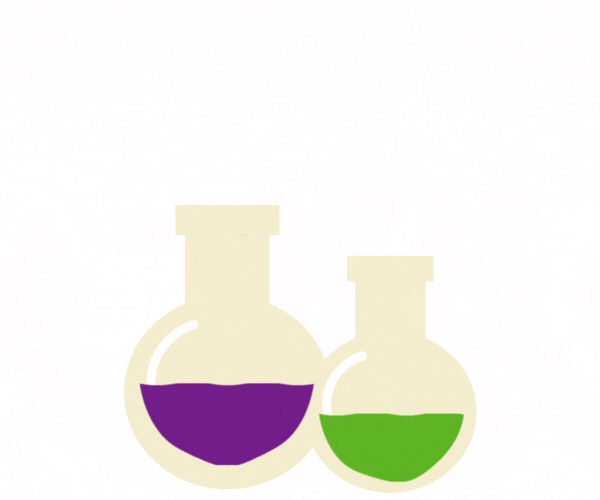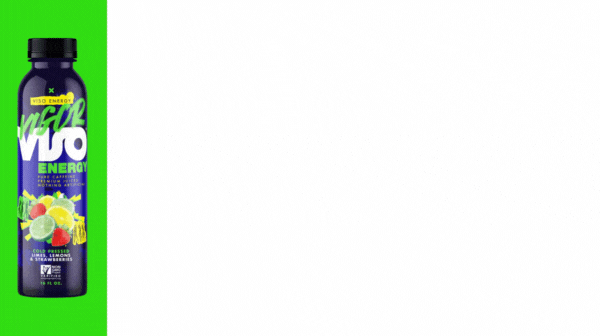The Ugly Truth About "Big Caffeine"
We’re all well acquainted by now with the phenomenon that fuels all walks of life on a daily basis, from ambitious students to hard working parents, industrious laborers to prolific athletes. It’s a pick-me-up on the way to the office, or fuel for a late-night jam sesh before a big exam. Or perhaps you’re training for a marathon and need that extra oomph ASAP.
We’re talking about caffeine, of course; Coffee, tea, energy drinks, and now even energy snacks are full of the stuff.
But where does it come from? Mother Nature, right? Well, ours certainly does. The purest source of caffeine is extracted from organic coffee beans, and it’s what VISO Energy swears by.
On the other hand...
Not all sources of caffeine are so pure, natural, and transparent. In fact, most of it is quite the opposite. Here's the shocking truth about where most other big energy drink brands source their synthetic caffeine from...

Synthetic Caffeine & How It’s Made
That’s right: Synthetic caffeine. How is it made, you ask? Let’s dive into the nitty gritty of it…
Synthetic caffeine is made using the chemical synthesis of ammonia, which is converted into urea, and then combined with harsh chemicals such as methylene chloride, ethyl acetate, and carbon dioxide.
The result is a molecule that is chemically identical to natural caffeine, yet much more potent. Just two teaspoons of the stuff is enough to kill you.
Where Synthetic Caffeine is Made
The majority of the world’s caffeine can be traced back to just one town in China called Shijiazhung – a heavily polluted industrial city not too far from Beijing. There, 4 million kg of caffeine is exported to the USA alone every year, where it’s been made synthetically with toxic processes.
I know what you’re thinking: We’re not eating the stuff raw, so does it really matter?
Absolutely.

Why It Matters
For starters, the raw product of synthetic caffeine tends to have a bluish phosphorescence sheen - not an appealing characteristic for something to be consumed.
To remedy this “glowing” factor, the caffeine is rinsed with, yep, more harsh chemicals - acetic acid, sodium nitrate, and chloroform, the latter two of which are linked to fun things like heart disease, diabetes, and even cancer.
If that weren’t enough to deter you, the effects go beyond the hypothetical and long-term when it comes to caffeine made in a lab. Because of its jacked-up potency, synthetic caffeine is absorbed through the digestive system at a much faster rate than natural caffeine.
This causes a much quicker come-up, leading to the infamous caffeine “jitters” and much-dreaded crash and burn. Nothing like ending what was supposed to be a productive day feeling anxious, tired, and mentally-drained.
The Bottom Line
If the highest possible profit is the single-most important factor, then you can’t blame the manufacturers using these sources. Synthetic caffeine is more accessible, more potent, and relatively cheaper to acquire from the company’s standpoint.
As a consumer, however, we believe you should be entitled to complete transparency when it comes to knowing exactly what you’re putting in your body and where it comes from.
So, how can you tell?
As a general rule of thumb, products that list ‘caffeine anhydrous’ or simply ‘caffeine’ in the nutrition facts and ingredients label is most likely a form of synthetic caffeine. Conversely, natural sources of caffeine will be listed as the real or botanical names of the plant extracts, such as coffee beans, guarana, or green tea.

The VISO Difference
Each bottle of VISO contains 300mg of this pure, clean, undiluted caffeine sourced from organic coffee beans that are rinsed off with and soaked in spring water.
This water is then collected, the solution is evaporated, and what remains is completely natural, totally organic caffeine responsible for the unmistakable thrill of a rush without the anxiety, jitters, or crash.

 Log in
Log in

